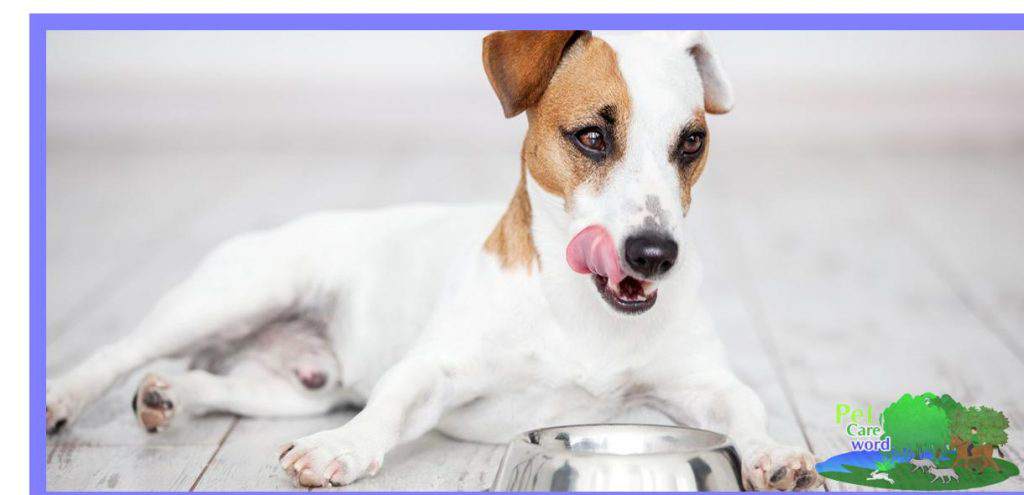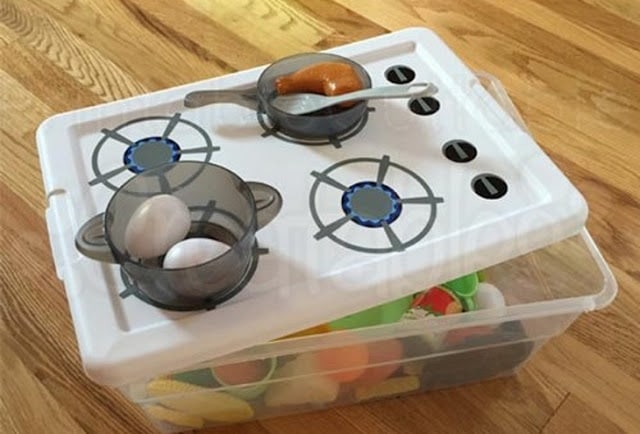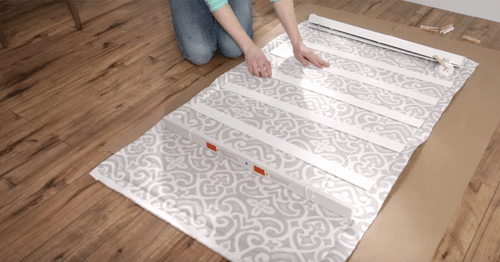Introducing a New Food to a puppy is important because even if it is a healthy food. Other reasons may include an allergic reaction to the food you are feeding the puppy. The puppy may lose his or her taste for the food you are feeding. The puppy’s veterinarian may recommend a dietary change. Last but not least, you could have to change your dog’s diet because of a pet food recall.
It is best to make a gradual transition when changing your puppy’s food. Unfortunately, you may have to throw caution to the wind in the event of a pet food recall because no one wants to feed his or her puppy tainted food.
how to change dog food gradually?
A rapid change in diet can cause stomach upset, indigestion, diarrhea and vomiting. The process of changing a puppy’s food in most situations means taking a week to 10 days to make the transition.
Start by adding a small amount of the new food to the puppy’s diet. Thoroughly mix the new food into the old food for new puppy is used to eating. Increase the amount of new food and decrease the amount of old food in proportion. Add more new food each day until you are no longer using the old food. This gradual transition should help you make the food exchange without distress to the puppy’s system.

If your puppy develops loose stools during the food transition, try slowing down on the food change. Maintain feeding the same amounts until the puppy is better. Then you can begin to slowly add more of the new food and decrease the old food in equal amounts.
If changing foods causes your puppy to experience an upset stomach, you can add a mixture of boiled chicken and rice or hamburger (be sure it is lean and the fat is removed) and rice for a few days.
Pepto-Bismol can be used to help curtail stomach problems. It is best to check with the puppy’s veterinarian for the proper dosage.
how to switch puppy from wet to dry food?
As your puppy grows into adulthood, you will have to decide when to change from puppy to adult food. A general rule of thumb is to make the change when the dog has stopped growing because it takes less nutrition to maintain an adult’s body than a puppy’s rapidly-growing one.
Dog breed and size has a lot to do with when a puppy stops growing, but it will occur in most cases between the ages of one and two years. Dogs that are considered small or medium-sized usually stop growing by the time they reach the age of one. Large dogs that weigh between 80 and 100 pounds usually stop grow in
g by the time they are 18 months of age. Very large dogs weighing more than 100 pounds need the extra nutrition provided by puppy food. It can take up to two years of age until they finish growing.
If your dog doesn’t seem to fit into the general guidelines, consult the puppy’s veterinarian for advice.
Our previous article Types Of Terrier Dog Breeds Our article titled terrier breeds, Terriers ve terriers dog breeds about information is given.





